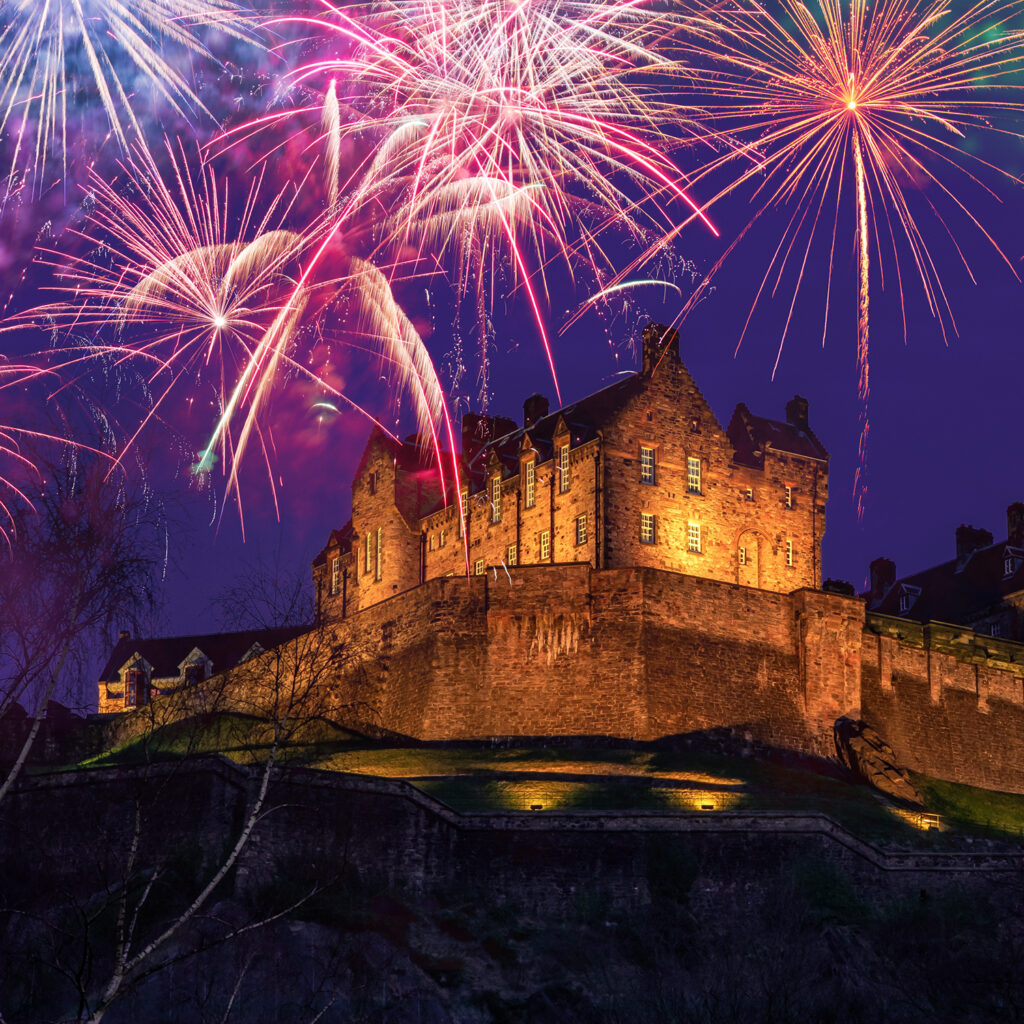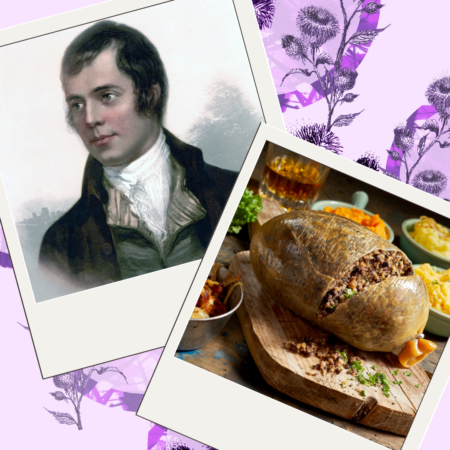New Year’s Eve is a major celebration for millions of people all over the world – but it is a particularly big deal in Scotland where it is called Hogmanay. So why is it so big here?
It is axiomatic that Scotland “does’ Hogmanay better than any other country.
After, all we invented Hogmanay and Ne’erday, didn’t we? And it’s our National Bard’s most famous lines that the world sings as soon as the bells ring out to welcome in the New Year. For the sake of auld lang syne, however, let’s examine some of the facts and myths behind Hogmanay, which Scots have been celebrating since time immemorial – or have we?
Researchers into the history of Hogmanay and Ne’erday soon come up against one salient fact that rather calls into question the whole clamjamfrie of nonsense that surrounds December 31 and January 1 in Scotland.
What we now call “hogmanay” is an ancient ritual, no doubt, but its association with January 1 in Scotland is just 423 years old. We know that for a fact because James VI and his Privy Council decreed in the year 1600 that Scotland would join “all other governed commonwealths and countries” making January 1 our New Year’s Day.
Prior to then, the official start of the year in Scotland was March 25, known as Marymass or Lady Day – as in the Roman Catholic calendar it is the Feast of the Annunciation, which makes the visit of the Angel Gabriel to the Virgin Mary. James VI, who very much saw himself as a modernising king, changed the date of New Year to January 1 with a proclamation that is still extant.
The various fire ceremonies and torchlight processions around the country give the best clue as to how Scotland came to have Hogmanay – the Vikings brought such events with them, and as they settled around Scotland, so their winter solstice festivals became a feature of Scottish life.
The exact etymology of the word Hogmanay has long been disputed, but the night before Yule was called “Hoggo-nott” in Norse, and we certainly get at least one of our Hogmanay traditions from the Vikings – that of “first footing”. Opening your door to such a person was meant to bring you a year’s good luck.
At some stage in the first centuries of the second millennium, Hogmanay became the name of December 31. According to the Oxford English Dictionary, the world hagnonayse was first recorded in 1443 as a description of the customs celebrated on that day.
The various traditions such as cleaning the house, first footing, bringing coal for the fire, shortbread for the feast and whisky for the toast, and “ringing in” the New Year all developed over tie, and when Robert Burns penned Auld Lang Syne, Hogmanay even had its own theme tune.
Many people across the world look to Scotland as the home of Hogmanay. The fact is, however, that Scotland did not invent Hogmanay: we just perfected it!







